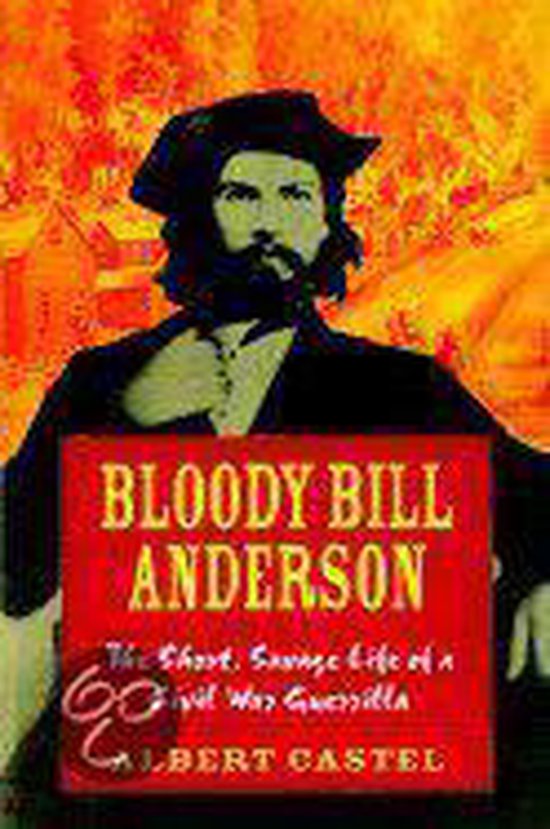

Just a month later, on October 26, Anderson’s band was caught in a Union ambush outside of Albany, Missouri, and Anderson was killed. When more than 100 Union soldiers pursued them, the guerillas ambushed and massacred the entire detachment. The climax came on September 27, when Anderson’s gang joined with several others to pillage the town of Centralia, Missouri. He embarked on a summer of violence, leading his group on a campaign that killed hundreds and caused extensive damage. Anderson was credited with 14 murders that day.Īnderson went to Texas that winter, married, and returned to Missouri in 1864 with a band of about 50 fighters. On August 21, the band killed at least 150 residents and burned much of the town. Quantrill assembled more than 400 men to exact revenge against the abolitionist community of Lawrence, Kansas.

On August 14, 1863, the structure collapsed, killing one of Anderson’s sisters along with several other women. As a result, the group Ewing arrested also included three of Anderson’s sisters, who were imprisoned in a temporary Union jail in Kansas City, Missouri.

While Anderson commanded his own band, he often collaborated with Quantrill’s larger force. The Union commander along the border, General Thomas Ewing, arrested several wives and sisters of another notorious band, led by William Quantrill, that was terrorizing and murdering Union sympathizers. Anderson became the head of a band of guerillas, and his activities cast a shadow of suspicion over the rest of his family.

When the war broke out, Anderson joined an antislavery, pro-Union band of guerillas known as “Jayhawkers.” He soon switched sides and joined a band of pro-Confederate “Bushwhackers.” In the partisan warfare of Kansas and Missouri, these groups were often more interested in robbery, looting, and personal gain than advancement of a political cause.Īfter his father was killed in a dispute in 1862, Anderson and his brother Jim gunned down the killer and then moved back to western Missouri. Arriving to settle on his father’s land claim east of Council Grove, Anderson was soon enmeshed in the bitter fight over slavery that gave the area the nickname “ Bleeding Kansas.” Before the Civil War, he trafficked stolen horses and escorted wagon trains along the Santa Fe Trail. On October 26, 1864, the notorious Confederate guerrilla leader William “Bloody Bill” Anderson is killed in Missouri in a Union ambush.īorn in the late 1830s, Anderson grew up in Missouri and moved to Kansas in the late 1850s.


 0 kommentar(er)
0 kommentar(er)
